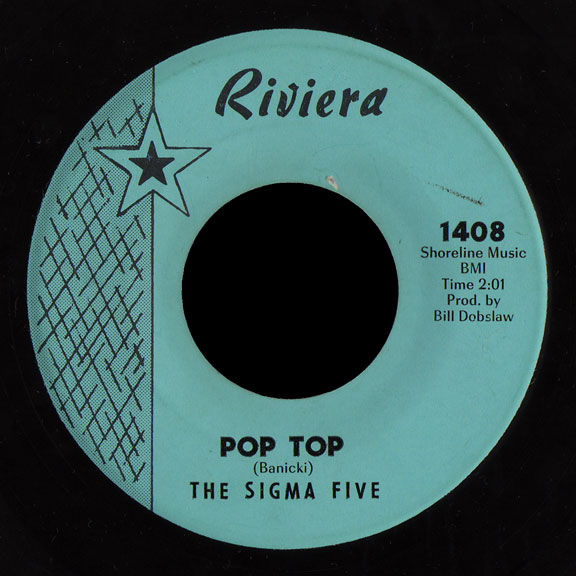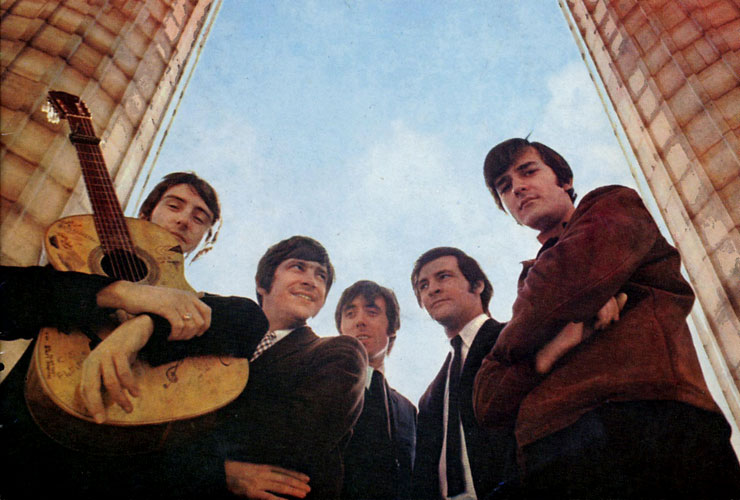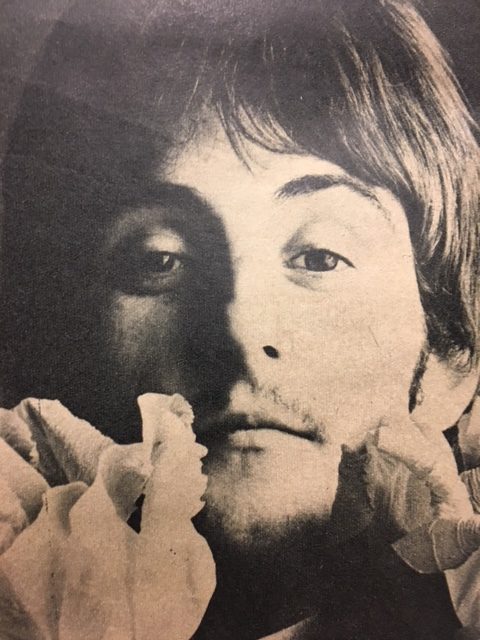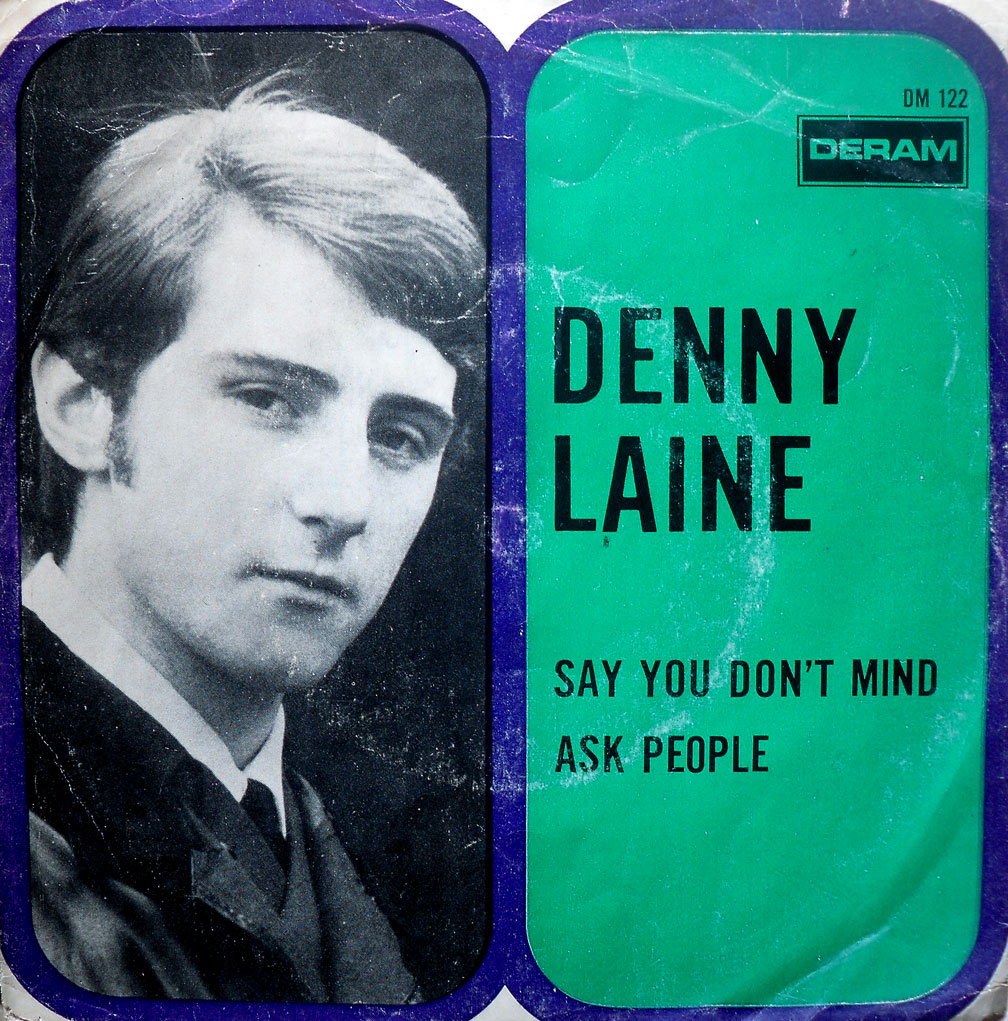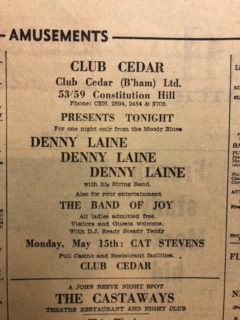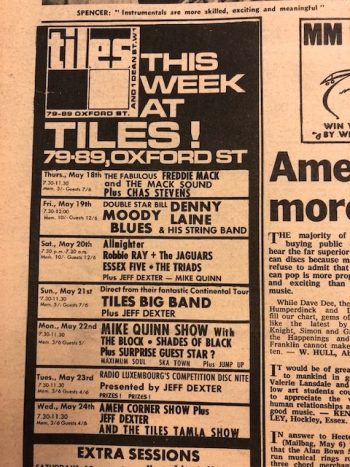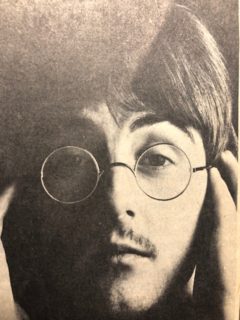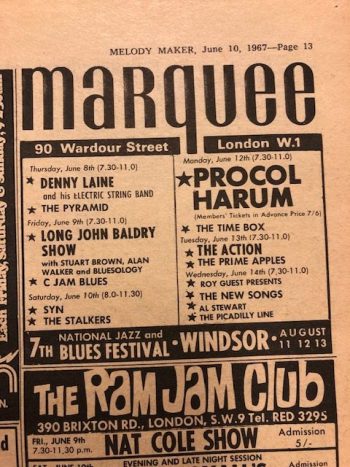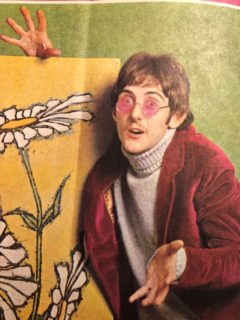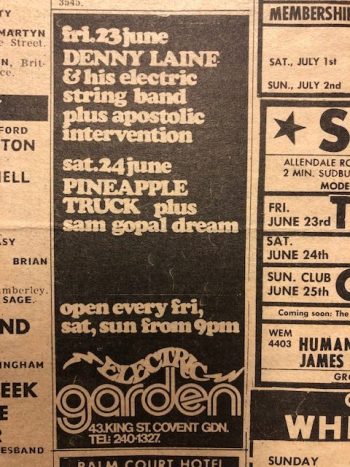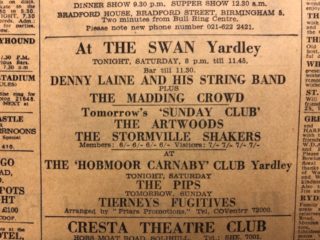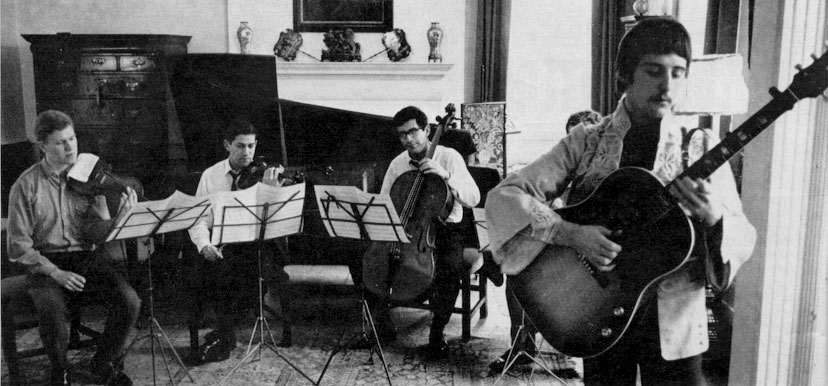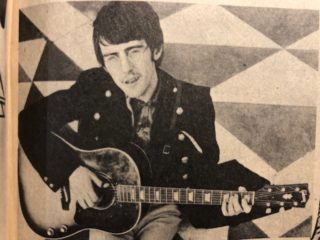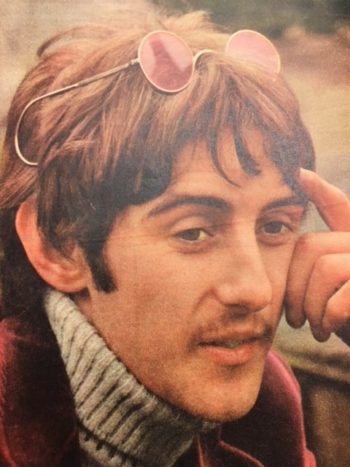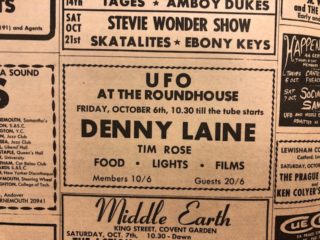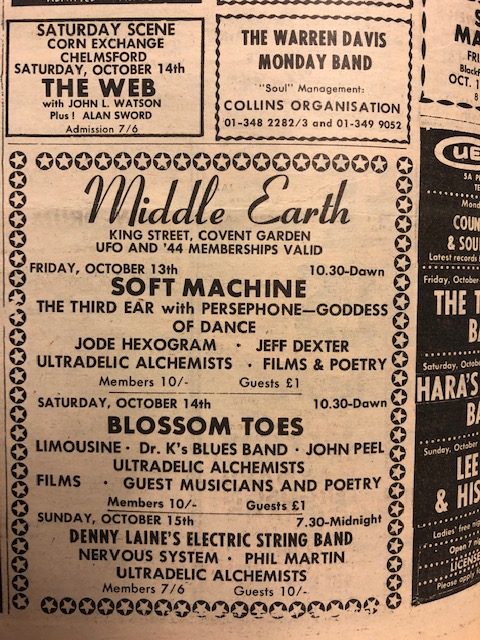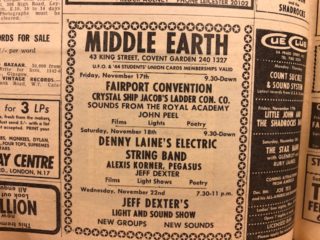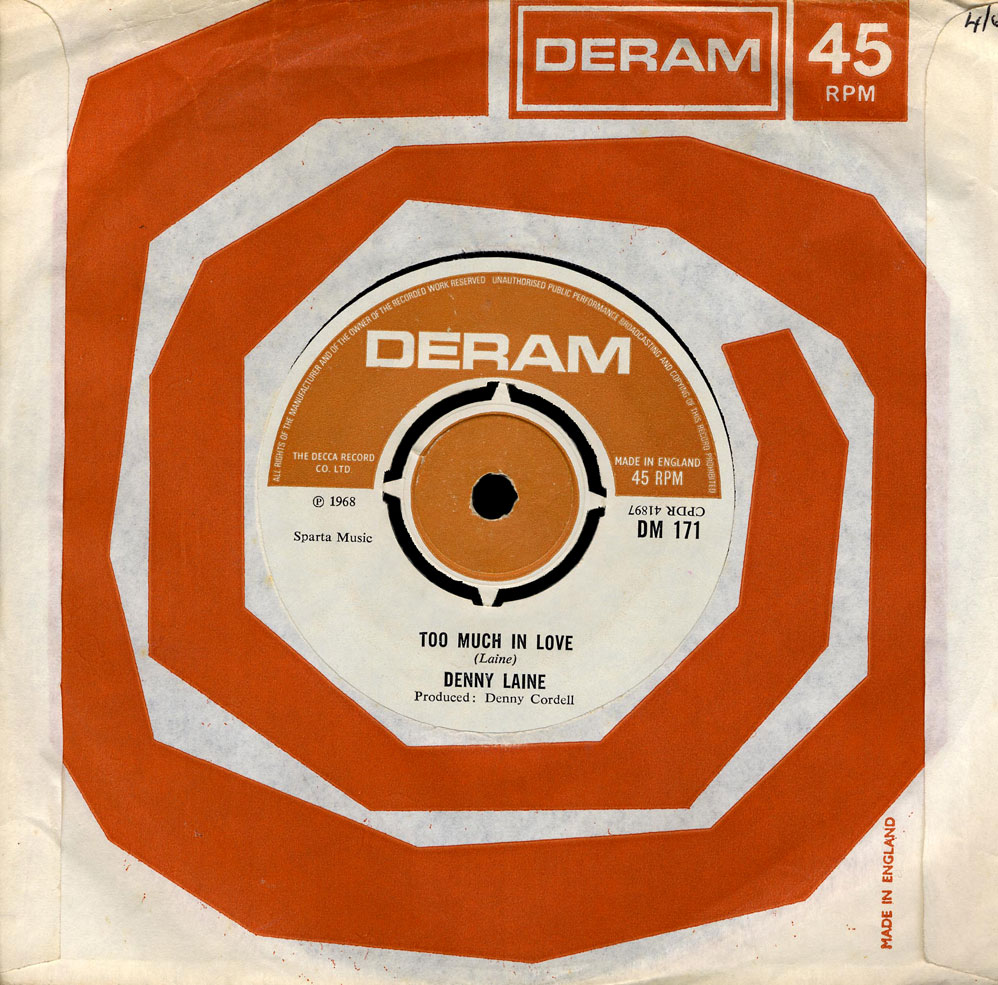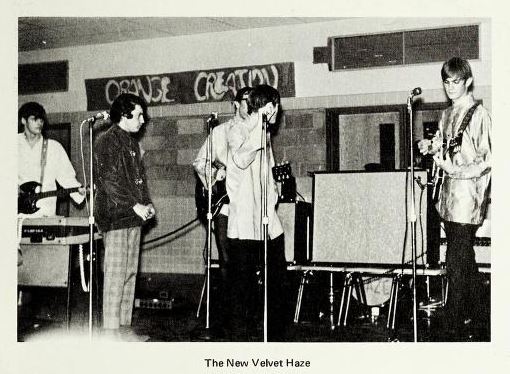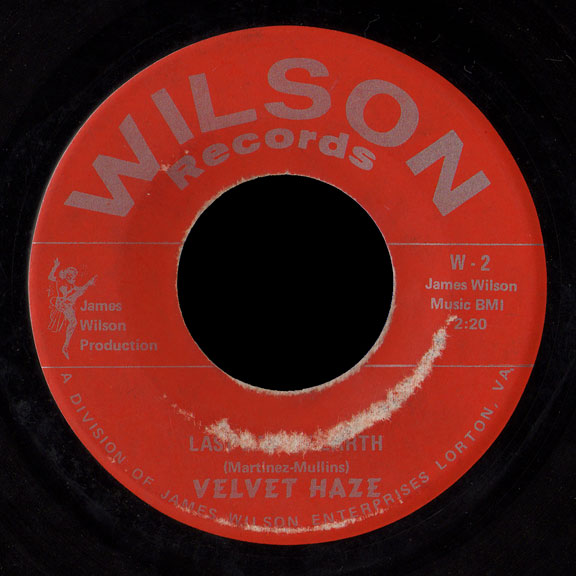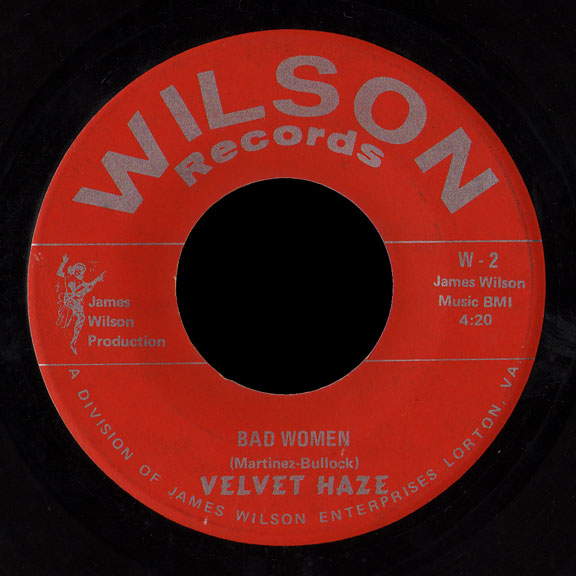The Doors and Elektra Records’ producer Paul Rothchild is reported to have once lamented that Toronto R&B outfit, Luke & The Apostles were the “greatest album I never got to make”. Indeed, the group’s lone single for Elektra, released in early 1967, a year after it was recorded, hardly does justice to a band that provided a training ground for several notable musicians who went on to McKenna Mendelson Mainline, Kensington Market and The Modern Rock Quartet (MRQ).
Luke & The Apostles found their roots in the blues band Mike’s Trio, which had been formed in 1963 by school friends, guitarist Mike McKenna (b. 15 April 1946, Toronto), formerly a member of Whitey & The Roulettes, and bass player Graham Dunsmore. Together with drummer Rich McMurray, Mike Trio’s started gigging at the Cellar club in the city’s Yorkville Village playing Jimmy Reed covers. Sometime in early 1964, McMurray introduced Luke Gibson (b. 5 October 1946, Toronto), a singer with great commanding power and presence, who was joined soon afterwards by classically trained keyboard player Peter Jermyn (b. 6 November 1946, Kingston, Ontario).
It was Jermyn who coined the name, Luke & The Apostles, in imitation of another local act, which had chosen a biblical reference, Robbie Lane & The Disciples and soon became a regular fixture on the local club scene. At first the group found work at the Cellar in Toronto’s hip Yorkville Village before moving on to the El Patio and ultimately the Purple Onion. In fact, such was the demand from local fans that, according to respected Canadian rock journalist Nicholas Jennings, the band was still playing at the Purple Onion a year on from its debut!
Before Luke & The Apostles started its run at the Purple Onion, Jim Jones was brought in to replace Graham Dunsmore on bass while Ray Bennett augmented the line up on harmonica for several months. Bennett ultimately composed “Been Burnt,” the a-side to what would become the band’s solitary ‘45 for Elektra, before moving on during the summer of 1965 (later joining The Heavenly Government).
It was shortly after Bennett’s departure that Paul Rothchild caught the group at the Purple Onion one evening in September. As Gibson recalled to Nicholas Jennings in his book, Before The Goldrush, Rothchild was so enthused he asked the band’s front man to audition the band to label boss, Jac Holzman by singing “Been Burnt” down the phone!

McKenna remembers the audition vividly. “He actually called Jac and said, ‘listen to the guys’. I don’t know if it was too much smoke or whatever, but at the time they were just starting to get going and I think they were releasing that album that had all those bands on it, including [Paul] Butterfield. That was the first time we heard Butterfield and Rothchild brought it up to us and let us hear it and we were knocked out!
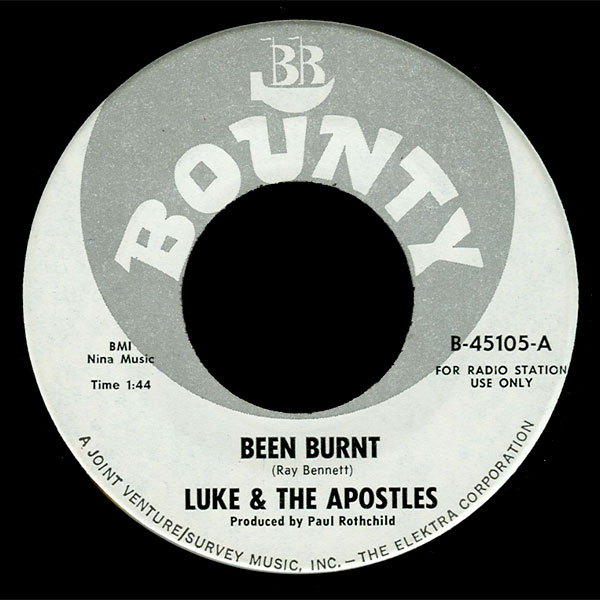 Inking a deal with Elektra, the band flew down to New York in early 1966 and recorded two tracks, Bennett’s “Been Burnt” backed by McKenna’s “Don’t Know Why” for a prospective single. The two recordings were readied for release that spring but then tragedy struck. Paul Rothchild was arrested for marijuana possession and the band’s single was put on hold for a year while he served a prison sentence.
Inking a deal with Elektra, the band flew down to New York in early 1966 and recorded two tracks, Bennett’s “Been Burnt” backed by McKenna’s “Don’t Know Why” for a prospective single. The two recordings were readied for release that spring but then tragedy struck. Paul Rothchild was arrested for marijuana possession and the band’s single was put on hold for a year while he served a prison sentence.
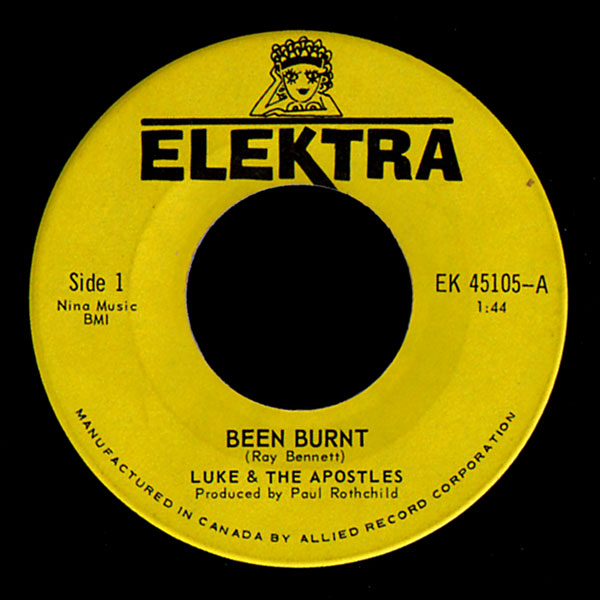 Undeterred, Luke & The Apostles resumed gigging in Toronto and began to extend their fan base beyond Yorkville Village, performing at venues like the North Toronto Memorial Arena on 28 May. But uncertainty over the single’s release and the band’s long-term future began to take its toll, and in early summer Jim Jones announced that he was leaving because he wanted to give up playing. Former Simon Caine & The Catch bass player Dennis Pendrith (b. 13 September 1949, Toronto), who was still in high school at the time, had the unenviable task of filling his idol’s shoes.
Undeterred, Luke & The Apostles resumed gigging in Toronto and began to extend their fan base beyond Yorkville Village, performing at venues like the North Toronto Memorial Arena on 28 May. But uncertainty over the single’s release and the band’s long-term future began to take its toll, and in early summer Jim Jones announced that he was leaving because he wanted to give up playing. Former Simon Caine & The Catch bass player Dennis Pendrith (b. 13 September 1949, Toronto), who was still in high school at the time, had the unenviable task of filling his idol’s shoes.
With Pendrith on board, Luke & The Apostles found a new home at Boris’ coffeehouse in Yorkville Village where they made their debut on 21-22 July. The group also began to find work beyond the city’s limits, travelling east to Oshawa on 24 July to play at the Jubilee Auditorium.
Later that summer, Luke & The Apostles returned to play several shows at the North Toronto Memorial Arena, and on one occasion (23 August), shared the bill with Montreal’s The Haunted and local group, The Last Words. But the most prestigious concert date during this time was an appearance at the 14-hour long rock show held at Maple Leaf Gardens on 24 September 1966, alongside a dozen or so local bands.
The show proved to be Pendrith’s swan song. The following month, Jim Jones had a change of mind and returned to the fold, leaving the young bass player to find work elsewhere – he subsequently rejoined his former group before hooking up with Livingstone’s Journey in mid-1967. At the same time, Gibson and McKenna decided to dispense with McMurray’s services and recruited a new drummer, Pat Little. The changes, however, did not end there. Sometime in October or November, Peter Jermyn briefly left the group and was replaced by future Bedtime Story and Edward Bear keyboard player Bob Kendall before returning in December 1966.
Amid all the changes, Luke & The Apostles resumed its weekly residency at Boris’, sharing the bill at various times with The Ugly Ducklings and The Paupers among others. They also got the opportunity to perform at the newly opened Club Kingsway on 15 October, opening for singer/songwriter Neil Diamond and travelled to Montreal at the end of the year to play some dates.
By early 1967, Luke & The Apostles’ single had still not been released. Nevertheless, the opportunity to return to New York in mid-April and perform at the Café Au Go Go buoyed spirits. The previous month, McKenna’s friend, bass player Denny Gerrard was opening for Jefferson Airplane with his band The Paupers and during that band’s stay in the Big Apple, Gerrard had met Paul Butterfield who was looking for a replacement for Mike Bloomfield in his band, The Paul Butterfield Blues Band. Gerrard immediately suggested McKenna and passed Butterfield his Toronto number.
“Denny had met Paul Butterfield and said, ‘if you’re looking for a guitar player’ because Bloomfield had gone into hospital or something,” remembers McKenna …[Paul] called me and I actually thought it was a joke! When I realised it was Paul I was absolutely blown away that he had called me.”
With Bloomfield looking to form his new band, The Electric Flag, Butterfield asked McKenna to come down to New York and audition but the guitarist kindly declined the offer. “I couldn’t go because that’s when Luke and I were going to go back to do some recordings and I said, ‘well if I leave Luke and the guys now, the band will probably break up and we’ve got recordings to do.”
While Elektra had not seen fit to release Luke & The Apostles’ first recordings, the label still expressed an interest in recording the band. During its time at the Café Au Go, the label booked the group into its New York studios for a day to record an album’s worth of material, including the tracks, “I Don’t Feel Like Trying” and “So Long Girl”.
During its first stand at the Café Au Go Go (where incidentally the group shared the washroom with The Mothers of Invention who were playing at the Garrick Theatre upstairs) Luke & The Apostles backed folkie Dave Van Ronk but were so well received that the club owner asked the band to return for a second week in late May-early June, opening for The Grateful Dead.
During this engagement, McKenna stuck up a friendship with Dead guitarist Jerry Garcia, who hounded McKenna to sell him his recently acquired Les Paul Special.
“I think it was the one that was on the Rolling Stone cover,” recalls McKenna. “I bought it in one of the stores in New York and he paid me a handsome sum for what I had paid for it.”
One night Paul Butterfield and his lead guitarist Elvin Bishop turned up to check out the band. According to Suzi Wickett, McKenna’s first wife, both were extremely impressed with McKenna’s guitar-playing style and unique sound. When Bishop asked McKenna how he created such “a sound”, the guitarist graciously explained his secret was in his mixture of Hawaiian and banjo strings used in combination, along with controlled feedback. “It was something I learned from Robbie Robertson and The Hawks,” explains McKenna. “The big thing in Toronto was playing Telecasters but you couldn’t get light gauge strings so what Robbie did was use banjo strings.”
The following night at the Café Au Go Go was standing room only remembers Wickett and everyone who was “anyone” had turned out to see this new band from Toronto. Among those attending were Bob Dylan and Paul Butterfield Blues Band’s manager Albert Grossman and rock promoter Bill Graham who each wanted to sign Luke & The Apostles to a management contract. Bill Graham even offered the band a slot at the Fillmore West in California that summer.
But behind the scenes the band was slowly disintegrating, as Wickett explains. “The pressure was ‘on’ for Luke & The Apostles to decide which manager they were going to sign [with]. The band had been away from Toronto for three weeks; they were in a prime position for national exposure [and] the hottest people in the industry were vying for their commitment to a management contract. Unable to reconcile differences of opinion and personal ambitions, the group fragmented returning to Toronto disillusioned and hostile.”
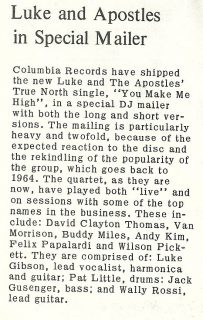
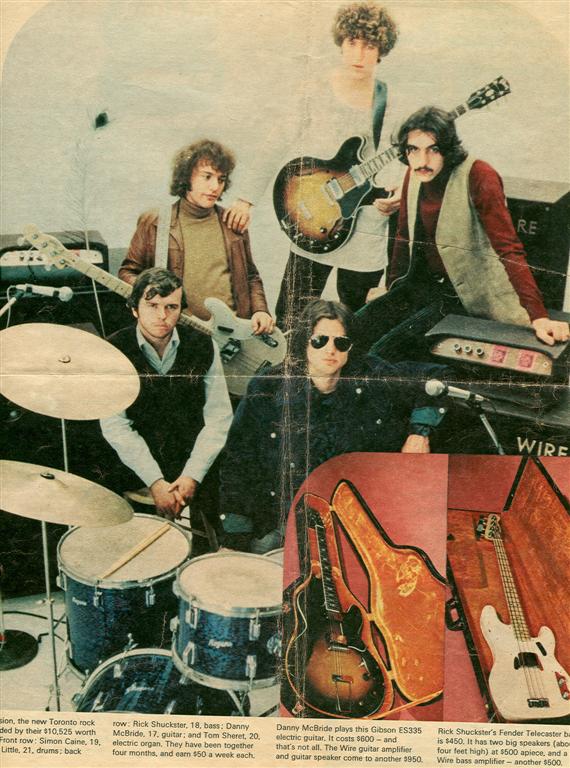
Luke & The Apostles, however, were not quite ready to implode and resumed their regular gig at Boris’. More importantly, Bill Graham approached Luke & The Apostles and asked the band to open for Jefferson Airplane and The Grateful Dead on 23 July when both groups performed at Nathan Phillips Square in front of 50,000.Graham was suitably impressed by the band’s performance that he asked Luke & The Apostles to repeat their support act at the O’Keefe Centre from 31 July-5 August. During the show the band performed covers of blues favourites “Good Morning Little School Girl” and “You Can’t Judge A Book By The Cover”.
The concert, however, proved to be the group’s swan song and after a final show at Boris’ Red Gas Room on 6 August, Luke Gibson accepted an offer to join the progressive folk-rock outfit, Kensington Market where he would develop his song writing skills.
Peter Jermyn was also ready to move on. After passing on an offer to join The Blues Project because he would have been liable to be drafted, he subsequently moved to Ottawa to join the band Heart, which evolved into The Modern Rock Quartet. Jim Jones meanwhile played with several bands, including The Artist Jazz Band.
Left with only the band’s name, McKenna and Little decided to go their separate ways. McKenna immediately found work with The Ugly Ducklings before forming the highly respected blues outfit, McKenna Mendelson Mainline the following summer.
Little became an early member of Edward Bear before joining forces with future Blood, Sweat & Tears’ singer David Clayton-Thomas in his group Combine (appearing on the original version of “Spinning Wheel”). In June 1968, however, he joined The Georgian People (later better known as Chimo!) before moving on to Transfusion, the house band at Toronto’s Rock Pile.
Although it was a sad end to what was a great band, the story doesn’t end there. In December 1969, Gibson, McKenna and Little met up to discuss reforming the group. “People didn’t forget,” Gibson explained to Bill Gray in an article for The Toronto Telegram on 19 February 1970. “We used to get asked constantly, all of us, about The Apostles. Everyone seemed to have good memories of the band. We were, after all, kind of unique around Toronto.
“The trouble was, it was only after we broke up that the scene here started to change. Other bands started to come around to the kind of things we had been doing. The blues and rock thing began to dominate and I guess our influence was recalled, that’s why our posthumous reputation has remained so high.”
Completing the line up with former Transfusion guitarist Danny McBride on second lead guitar and McKenna’s pal, ex-Paupers bass player Denny Gerrard (b. 28 February 1947, Scarborough) during January 1970, the group enlisted Bernie Finkelstein (today Bruce Cockburn’s long-standing manager) to represent them.
But the new line up remained unsettled and by the end of the month former Buffalo Springfield bass player Bruce Palmer (b. 9 September 1946, Toronto) came on board in time for the band’s debut shows at the Café Le Hibou in Ottawa from 10-14 February. After opening for Johnny Winter at Massey Hall on 15 February and playing several low-key dates around the city, Palmer dropped out and Jack Geisinger (b. March 1945, Czechoslovakia) from Damage, Milkwood and Influence arrived in time to play on a lone 45, issued on Bernie Finkelstein’s True North Records.
The resulting single, Gibson, McKenna and Little’s “You Make Me High”, is arguably one of the best records to come out of the Toronto scene from that period, and even managed to reach #27 on Canada’s RPM chart in October of that year. The b-side, “Not Far Off”, written by Gibson has a Led Zeppelin feel and some tasty guitar interplay between McKenna and McBride.
The band returned to Toronto’s live scene, supporting Lighthouse at a show held at Convocation Hall on 1 March. A few weeks later, the group performed at the Electric Circus (13-14 March) and then towards the end of the month appeared at the Toronto Rock Festival at Varsity Arena (26 March) on a bill featuring Funkadelic, Damage and Nucleus among others.
In the first week of April, Luke & The Apostles embarked on a brief tour of Boston with Mountain but behind the scenes, the band was slowly unravelling. Following a show at the Electric Circus in Toronto on 9 May, McKenna dropped out to rejoin his former band, now going by the name Mainline.
The band ploughed on appearing at the Peace Festival at Varsity Arena on 19-21 June on a bill that also included Rare Earth, SRC, Bush and George Olliver & The Natural Gas among others. But soon afterwards McBride also handed in his notice and later became a mainstay of Chris de Burgh’s backing band.
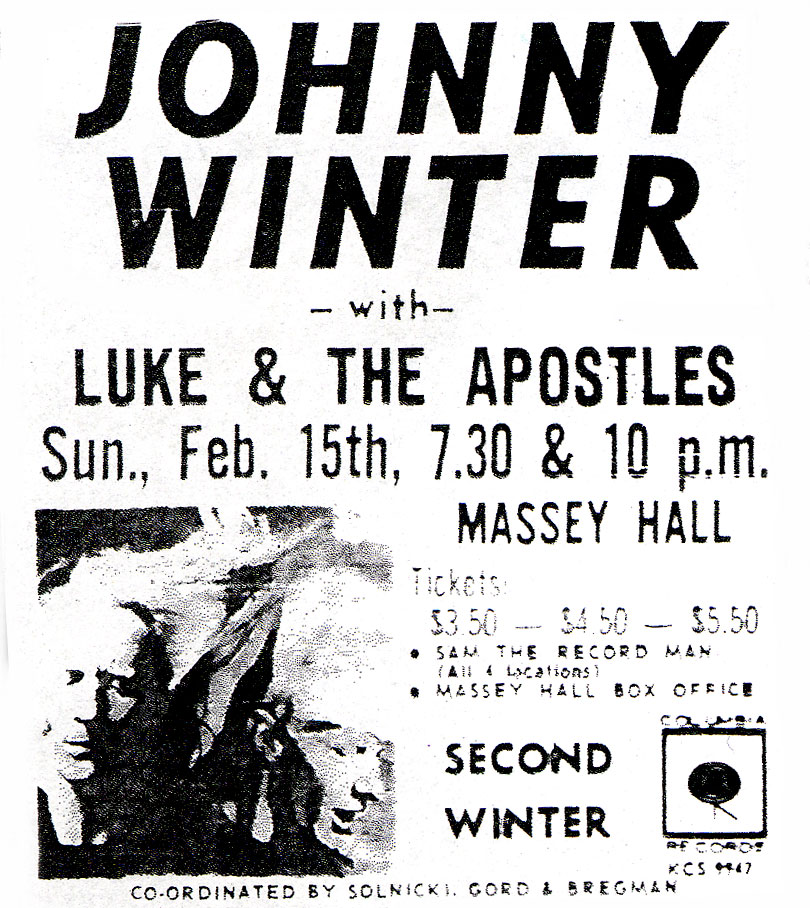 In his place, Luke & The Apostles recruited Geisinger’s former Influence cohort, Walter Rossi (b. 29 May 1947, Naples, Italy), who had played with The Buddy Miles Express in the interim.
In his place, Luke & The Apostles recruited Geisinger’s former Influence cohort, Walter Rossi (b. 29 May 1947, Naples, Italy), who had played with The Buddy Miles Express in the interim.
With Rossi on board Luke & The Apostles made a prestigious appearance at that summer’s Strawberry Fields Pop Festival held at Mosport Park, Ontario on the weekend of 7-8 August 1970. A short tour followed, including several appearances at the CNE Bandstand in Toronto where the band shared the bill with Lighthouse, Crowbar and Dr John among others. Then on 1 September, the group headed down to New York to perform at the popular club, Ungano’s.
In an interview with Peter Goddard for Toronto Telegram’s 17 September issue, manager Bernie Finkelstein was confident that the band had a promising future ahead. “We’ve been asked to go back to Ungano’s in New York City for the middle of October,” he said. “But we might wait to get the material for our first album ready so that we can release it around mid-October.”
Unfortunately, the promised album never appeared and soon after a show at Kipling Collegiate in Toronto on 9 October, Luke Gibson left for a solo career followed shortly afterwards by Pat Little. The remaining members recruited ex-Wizard drummer Mike Driscoll, performing as The Apostles before splitting in early 1971. Rossi subsequently recorded a brilliant, Jimi Hendrix-inspired album as Charlee in early 1972 with help from Geisinger and Driscoll before embarking on a successful solo career which continues to this day.
Gibson also embarked on a solo career and in 1971 recorded a lone album for True North Records with help from Dennis Pendrith, Jim Jones and Bruce Cockburn. Gibson continued to gig throughout the 1970s and 1980s with his bands Killaloe, The Silver Tractors and Luke Gibson Rocks before eschewing a singing career to become a film set painter. Little rejoined Chimo! for the band’s final single and then hooked up with Rick James in Heaven and Earth for two singles on RCA Victor in late 1971. He also reunited with McKenna to record an album with the band, DiamondBack.
Legend surrounding the band, however, has grown over the years and in the late ‘90s, early members Gibson, Jermyn, Jones and McKenna reformed the group with future Downchild Blues Band drummer Mike Fitzpatrick for the “Toronto Rock Revival” concert held at the Warehouse on 2 May 1999. Later that year Jermyn, Jones and McKenna became house band at Yorkville club, Blues on Bellair and were joined intermittently by Gibson.
As recently as 1 June 2002, Luke & The Apostles were playing at the club and local label Bullseye Records recorded one of the shows for a proposed live CD, comprising the old favourites and more contemporary material but so far nothing has been released. Nevertheless, the band still commands a loyal following and hopefully a full length CD release detailing the group’s colourful career will finally do justice to one of Toronto’s most overlooked and talented bands.
Recordings
45 Been Burnt/Don’t Know Why (Bounty 45105) 1967
45 Been Burnt/Don’t Know Why (Elektra 45105) 1967
45 You Make Me High/Not Far Off (TN 101) 1970
45 You Make Me High/You Make Me High (TN 102) 1970
Advertised gigs
September 1965 – The Purple Onion, Toronto
May 28 1966 – North Toronto Memorial Arena, Toronto
July 21-22 1966 – Boris’, Toronto
July 23 1966 – The Hawk’s Nest, Toronto
July 24 1966 – The Jubilee Auditorium, Oshawa, Ontario
July 26-29 1966 – Boris’, Toronto
July 31-August 1 1966 – Boris’, Toronto
August 2 1966 – North Toronto Memorial Arena, Toronto with Bobby Kris & The Imperials and the Stitch in Tyme
August 18-21 1966 – Boris’, Toronto
August 23 1966 – North Toronto Memorial Arena, Toronto with The Last Words and The Haunted
September 8 1966 – El Patio, Toronto
September 11 1966 – El Patio, Toronto
September 15 1966 – Boris’, Toronto
September 16 1966 – Gogue Inn, Toronto with The Tripp, All Five, Klaas Vangrath and Al Lalonde
September 17-18 1966 – Boris’, Toronto
September 22-23 1966 – Boris’, Toronto
September 24 1966 – Maple Leaf Gardens with Little Caesar & The Consuls, The Ugly Ducklings, The Tripp, The Paupers, Bobby Kris & The Imperials, The Stitch In Tyme, The Spasstiks, R K & The Associates, Little Caesar & The Consuls, The Big Town Boys and others
September 25 1966 – Boris’, Toronto
October 1-2 1966 – Boris’, Toronto
October 8-10 1966 – Boris’, Toronto
October 14-15 1966 – Boris’, Toronto
October 15 1966 – Club Kingsway, Toronto with Neil Diamond, The Counts, The Big Town Boys and Canadian Dell-Tones
October 22-23 1966 – Boris’, Toronto
November 4 1966 – Boris’, Toronto with The Orphans
November 5 1966 – Boris’, Toronto with The Vendettas
November 6 1966 – Boris’, Toronto with The Ugly Ducklings
November 18-20 1966 – Boris’, Toronto
November 26-27 1966 – Boris’, Toronto
December 2-4 1966 – Boris’, Toronto
December ?? 1966 – Montreal
December 23 1966 – Boris’, Toronto with The Spectrums
December 24-27 1966 – Boris’, Toronto with The Paupers
December 28 1966 – Boris’, Toronto with The Vendettas
December 29-1 January 1967 – Boris’, Toronto with The Paupers
January 6 1967 – Boris’ Red Gas Room (newly opened), Toronto with The Vendettas
January 7 1967 – Boris’ Red Gas Room, Toronto with The Ugly Ducklings
January 8 1967 – Boris’ Red Gas Room, Toronto with The Vendettas
January 13-15 1967 – Boris’, Toronto
January 21-22 1967 – Boris’, Toronto
January 29 1967 – Boris’, Toronto
February 4-5 1967 – Boris’ Red Gas Room, Toronto
February 10 1967 – The Villa Inn, Streetsville, Ontario
February 12 1967 – Boris’ Red Gas Room, Toronto with The Paupers
February 17-19 1967 – Boris’, Toronto
February 24-26 1967 – Boris’, Toronto
February 26 1967 – Club Isabella, Toronto
March 3-5 1967 – Boris’, Toronto
March 10 1967 – Boris’, Toronto with The Vendettas
March ?? 1967 – Ottawa
March 29-April 2 1967 – Boris’, Toronto
March 31 1967 – Gogue Inn, Toronto with The Wee Beasties and The Citations
April 8-9 1967 – Boris’, Toronto
April ?? 1967 – New York dates
April 14-16 1967 – Boris’, Toronto
April 22-23 1967 – Boris’, Toronto
April 28 1967 – YMCA Inferno Club, Toronto, Willowdale, Ontario
April 29 1967 – Boris’, Toronto
May 7-?? 1967 – Café Au Go Go, New York with David Van Ronk
May 13-14 1967 – Boris’, Toronto
May 19-20 1967 – Boris’, Toronto
May 21-?? 1967 – Café Au Go Go, New York
June 4 1967 – Café Au Go Go, New York with Eric Andersen
June 16-18 1967 – Boris’, Toronto
June 22-24 1967 – Boris’, Toronto
July 6-7 1967 – Boris’, Toronto
July 8 1967 – Broom and Stone, Scarborough with The Midnights and The Trayne
July 9 1967 – Boris’, Toronto
July 13-16 1967 – Boris’, Toronto
July 21-22 1967 – Boris’, Toronto
July 23 1967 – Nathan Phillips Square, Toronto with Jefferson Airplane
July 28-29 1967 – Boris’, Toronto
July 31-August 5 1967 – O’Keefe Centre, Toronto with Grateful Dead and Jefferson Airplane
August 6 1967 – Boris’ Red Gas Room, Toronto
February 10-14 1970 – Café Le Hibou, Ottawa
February 15 1970 – Massey Hall, Toronto with Johnny Winter
February 20 1970 – WM L MacKenzie Collegiate, Toronto
February 21 1970 – WA Porter Collegiate, Toronto
March 1 1970 – Convocation Hall, Toronto with Lighthouse and Mother Tucker’s Yellow Duck
March 13-14 1970 – Electric Circus, Toronto
March 26 1970 – Toronto Rock Festival, Varsity Arena with Funkadelic, Nucleus, Damage and others
April 2-4 1970 – Boston Tea Party, Boston with Mountain and Ronnie Hawkins
April 15-16 1970 – East York Collegiate, Toronto with Five Man Electrical Band
May 1 1970 – St Gabe’s, Willowdale, Ontario
May 2 1970 – Cedarbrae College, Toronto
May 9 1970 – Electric Circus, Toronto with Fear
June 16-21 1970 – Café Le Hibou, Ottawa
June 19-21 1970 – Peace Festival, Varsity Arena with Rare Earth, SRC, Bush, George Olliver & The Natural Gas, Nucleus and others
August 7-8 1970 – Strawberry Fields Pop Festival, Mosport Park, Ontario
August 13 1970 – Woodbine Arena, Woodbine, Ontario
August 20 1970 – CNE Bandstand, Toronto with Soma, Lighthouse, Crowbar, Mashmakan and Dr John
August 27 1970 – CNE Bandstand, Toronto with Mashmakan
September 1 1970 – Ungano’s, New York with Charade
September 25 1970 – Hamilton Forum, Hamilton, Ontario with King Biscuit Boy, Crowbar, Whiskey Howl and Brass Union (Hamilton Spectator)
October 9 1970 – Kipling Collegiate, Toronto with Cheshire Cat
To contact the author, email: Warchive@aol.com
Many thanks to Mike McKenna, Peter Jermyn, Mike Harrison, Carny Corbett, Bill Munson, Craig Webb, Suzi Wickett, John Bennett and Walter Rossi.
The Toronto Telegram’s After Four section has also been invaluable for live dates and reviews. Also thanks to Ross from www.chickenonaunicycle.com for the scan of the San Francisco Scene program. Thank you to Ivan Amirault for the scans from RPM.
Copyright © Nick Warburton. All Rights Reserved. No part of this article may be reproduced or transmitted in any from or by any means, without prior permission from the author.
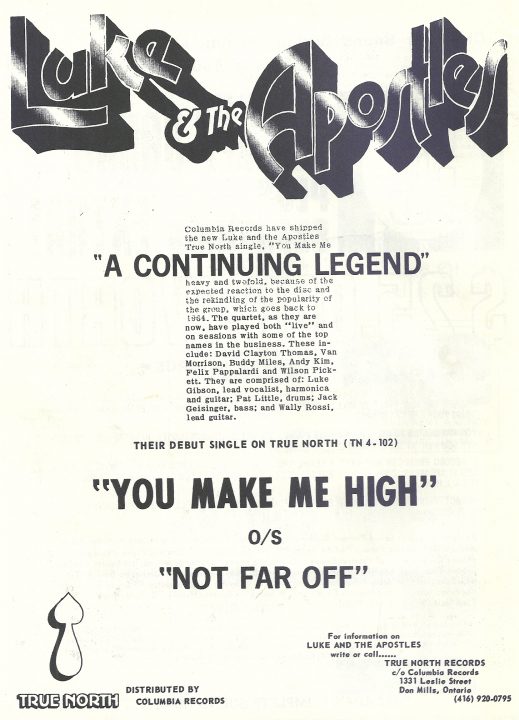

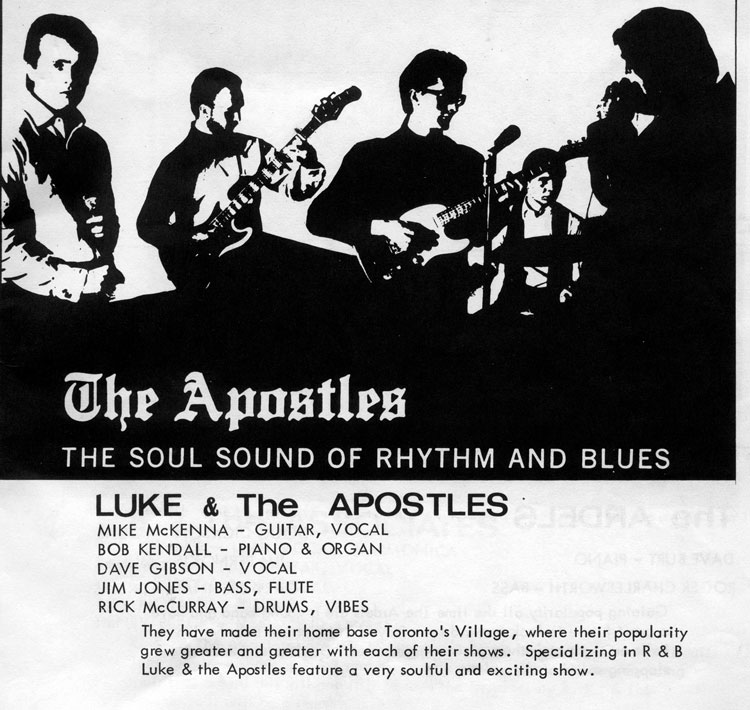

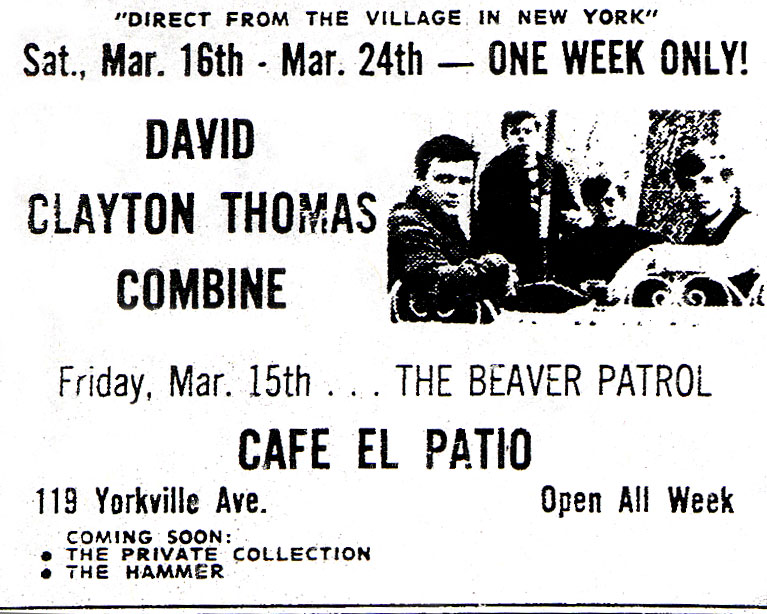

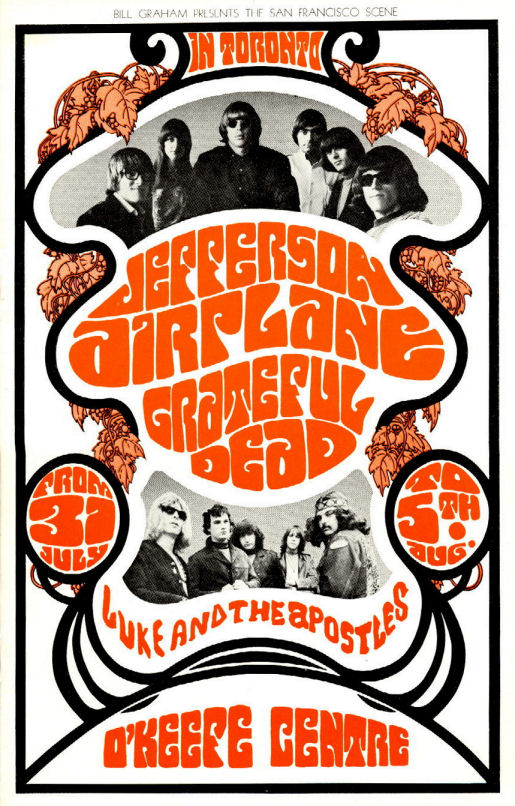
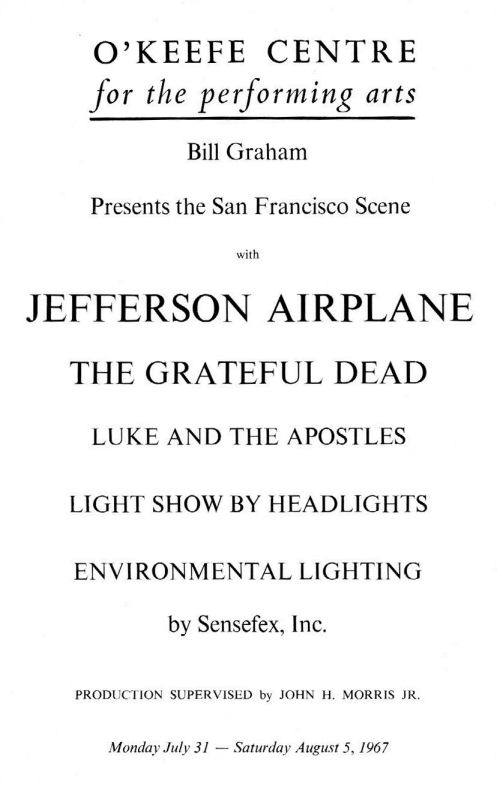
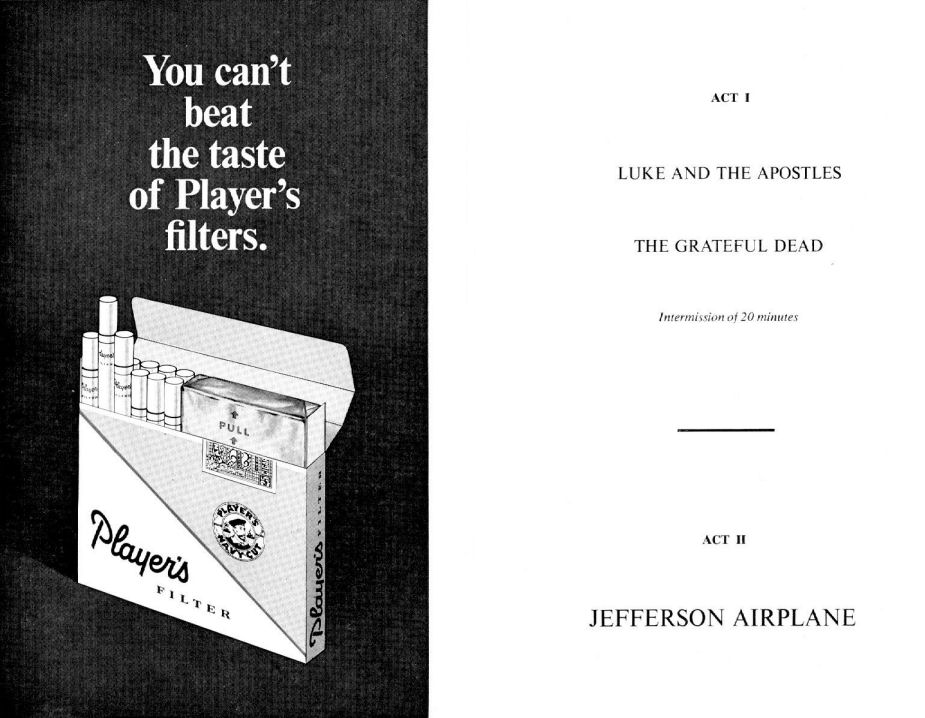
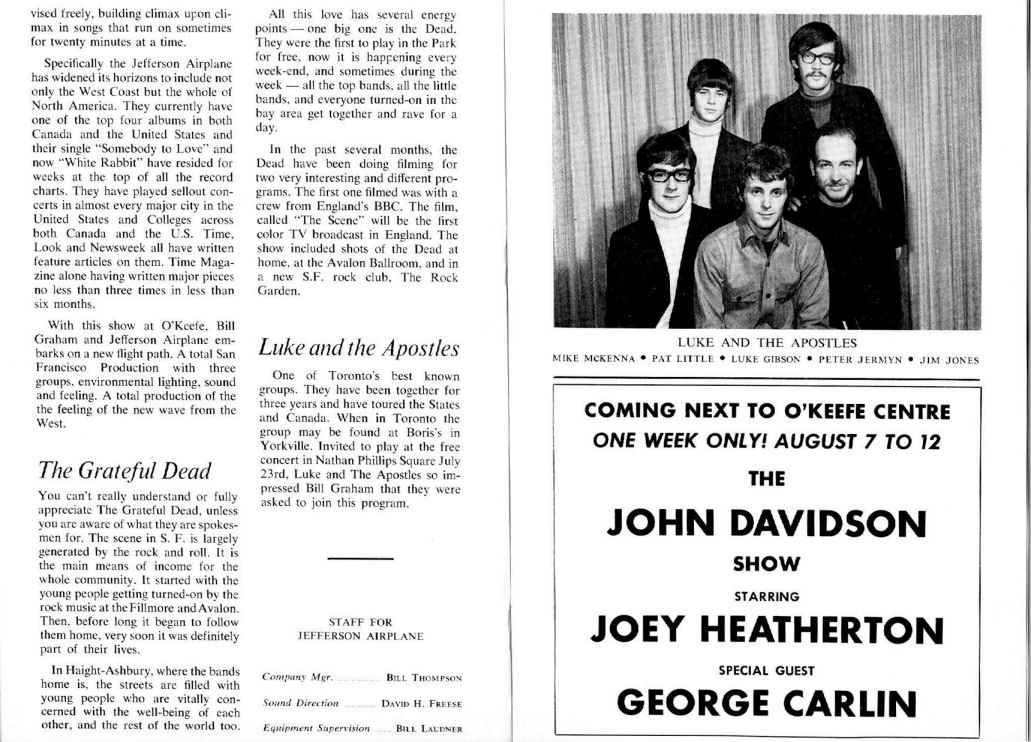
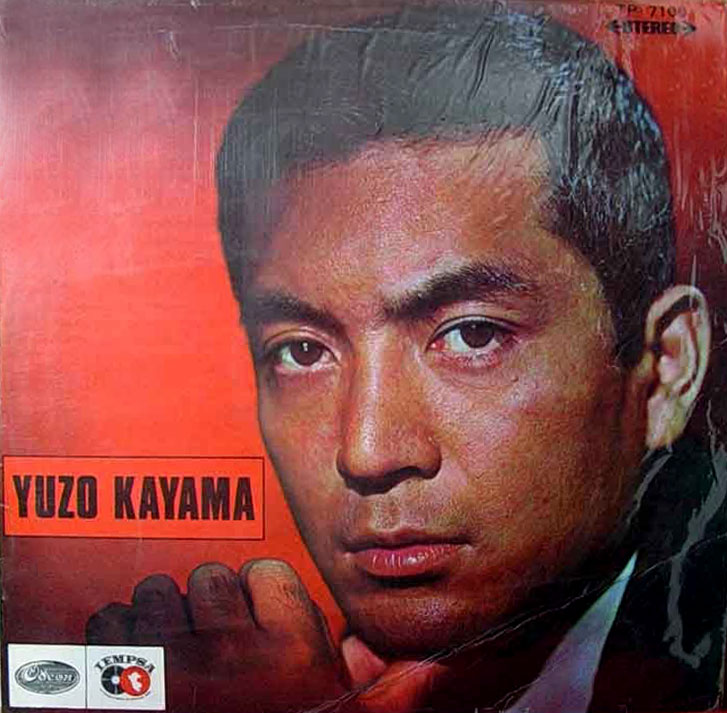

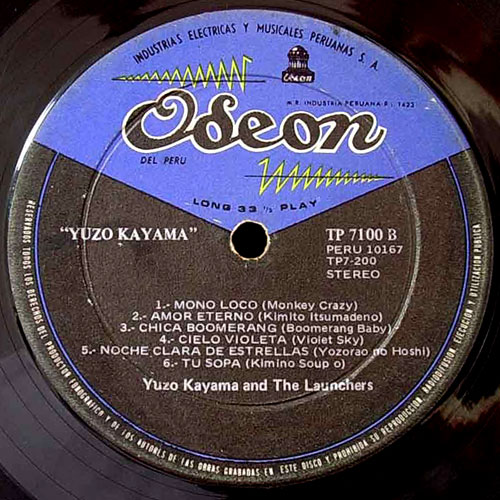
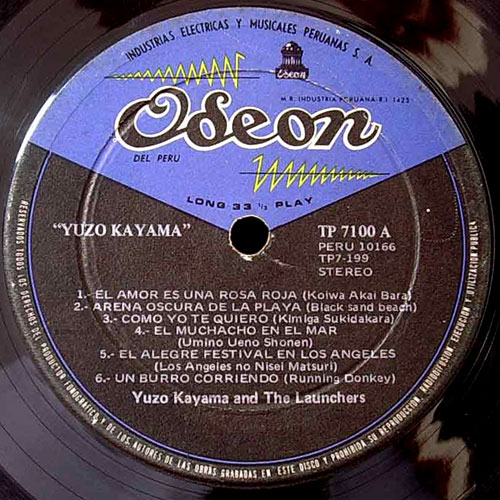


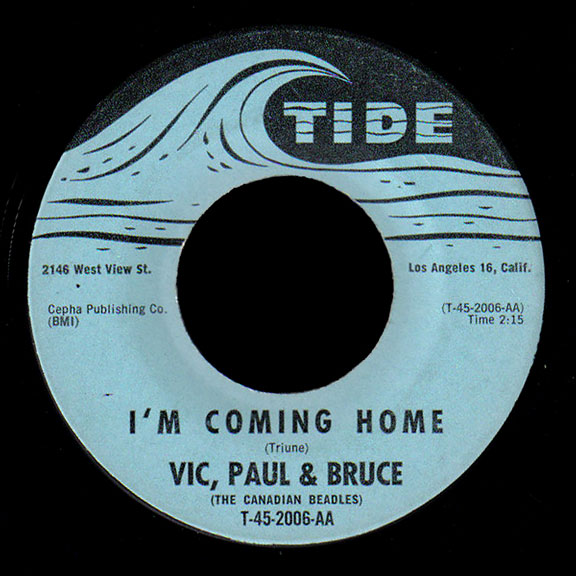

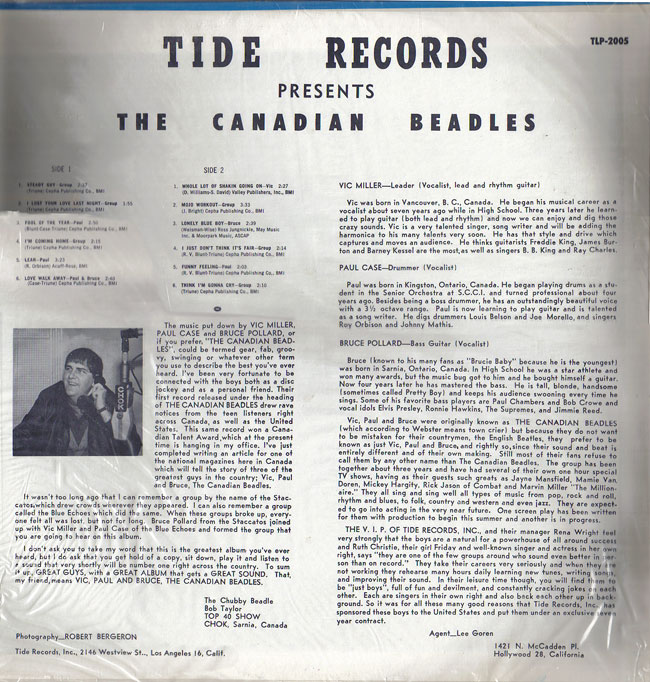
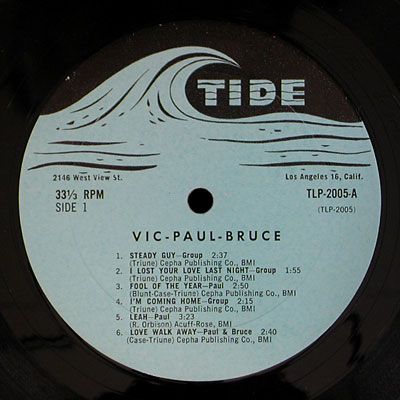
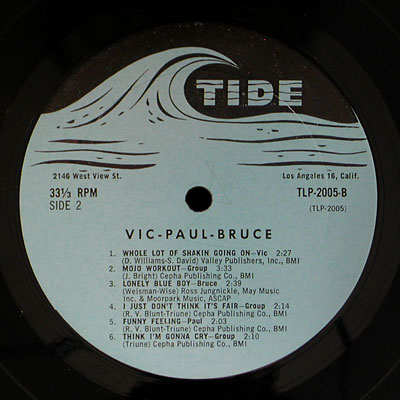

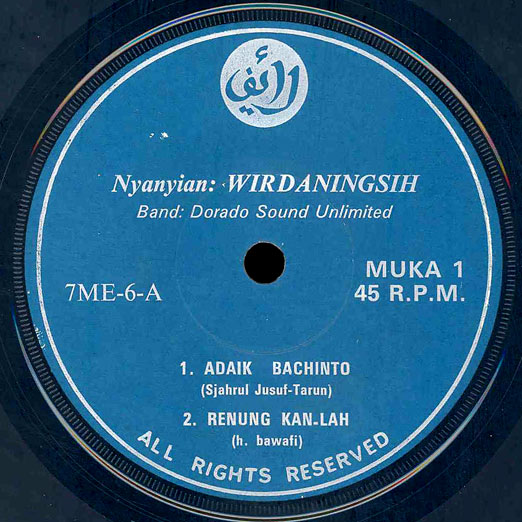

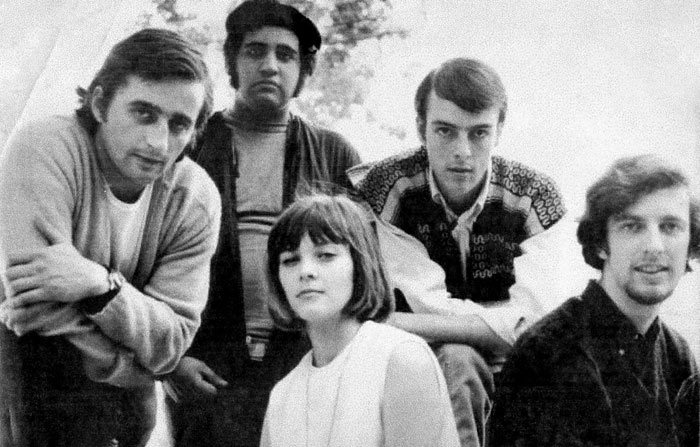
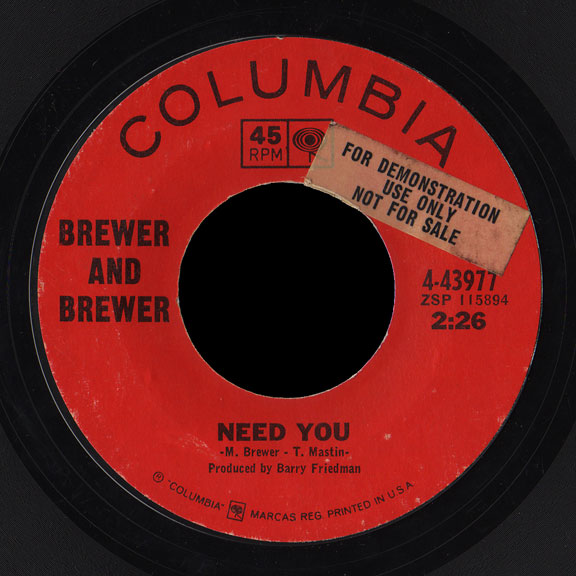

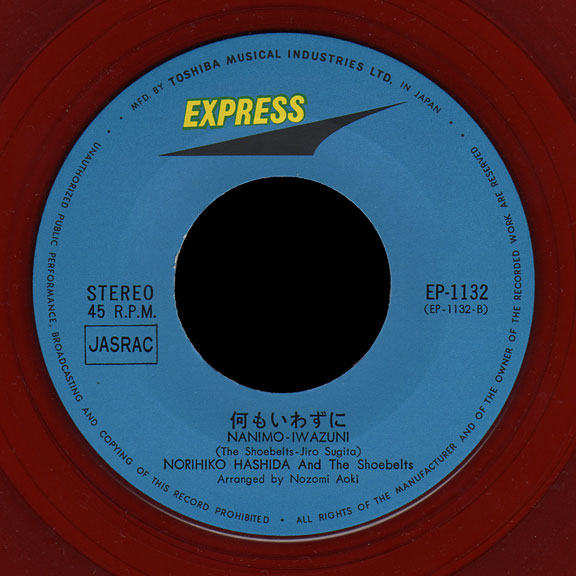
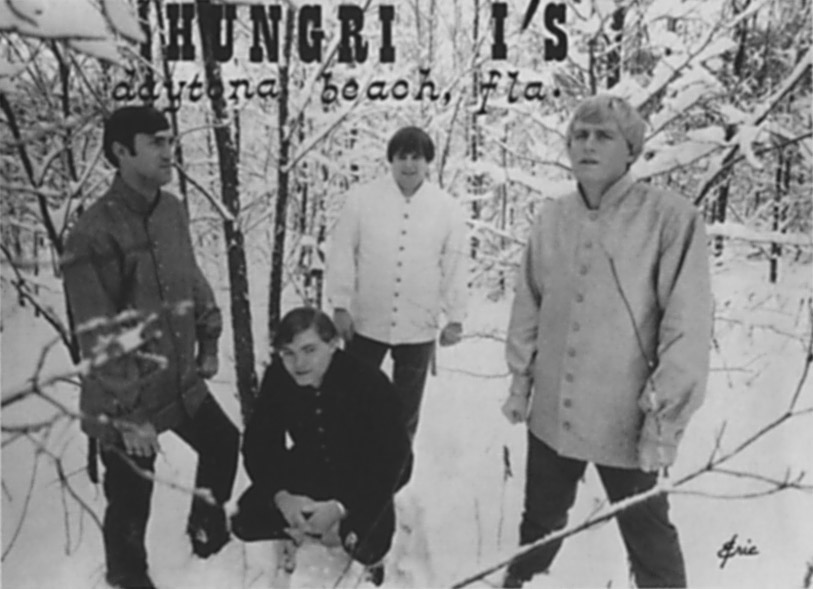
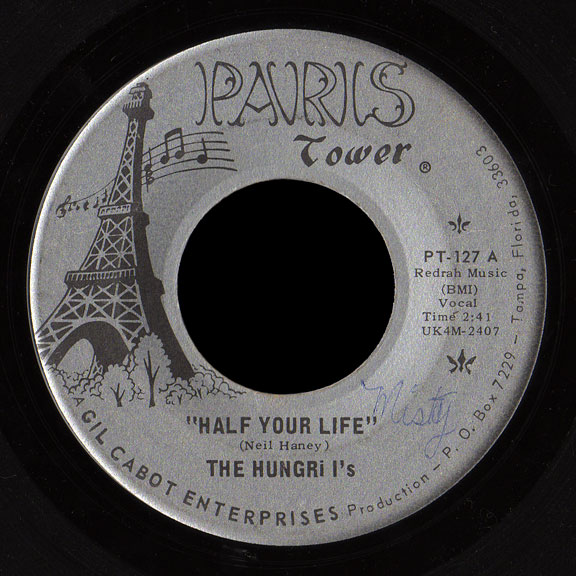 From Daytona Beach and named after the San Francisco nightclub, of course. The Hungri I’s were regulars at the Beachcomber Nightclub and the Surf Bar, as well as the Vanguard Club in Titusville. The lineup was Neil Haney lead vocals and organ, Danny Rowdon lead guitar, Chris Drake guitar, Allen Martin bass and Lou Shawd drums.
From Daytona Beach and named after the San Francisco nightclub, of course. The Hungri I’s were regulars at the Beachcomber Nightclub and the Surf Bar, as well as the Vanguard Club in Titusville. The lineup was Neil Haney lead vocals and organ, Danny Rowdon lead guitar, Chris Drake guitar, Allen Martin bass and Lou Shawd drums.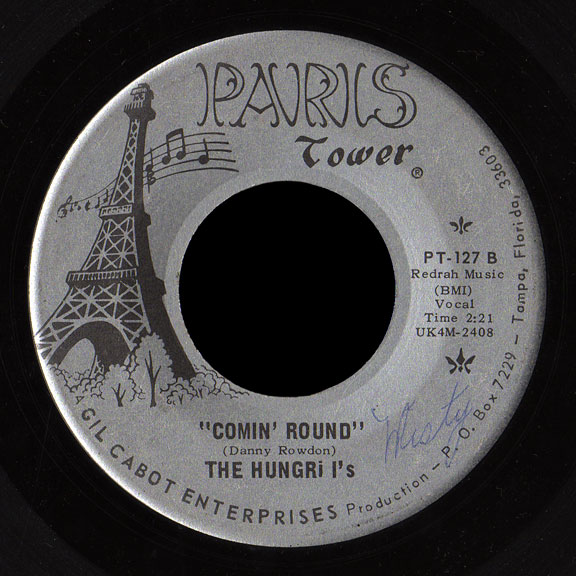
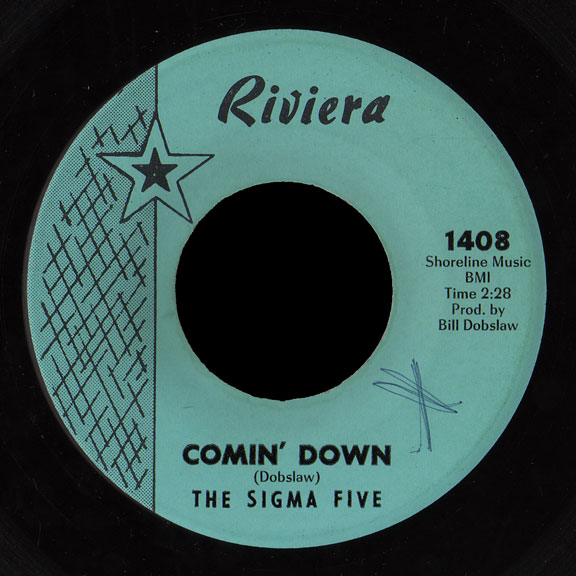 The Riviera label was created for the Riveras, who scored with their first single, “California Sun”, released in October ’63 and hitting the national top ten in early ’64. Bill Dobslaw owned the label and also managed the Rivieras, occasionally singing with them as well.
The Riviera label was created for the Riveras, who scored with their first single, “California Sun”, released in October ’63 and hitting the national top ten in early ’64. Bill Dobslaw owned the label and also managed the Rivieras, occasionally singing with them as well.